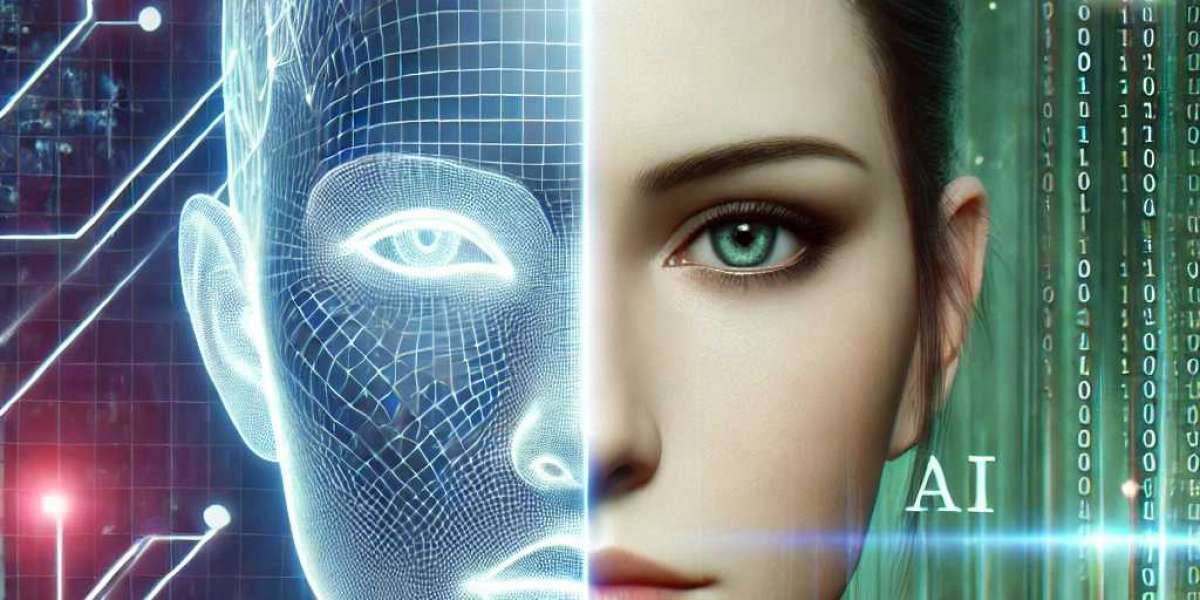The Core Idea: Why Things Move
Animation is the illusion of motion. It’s created by showing a sequence of slightly different images (called frames) in rapid succession—usually 12 to 24 frames per second. When these images are played back quickly, your brain connects them into one smooth movement.
Two key science principles make this magic happen:
Persistence of Vision: Your brain holds on to an image for a fraction of a second after it disappears, blending it into the next.
Phi Phenomenon: Discovered in 1912, it explains how we perceive motion when separate images flash rapidly in sequence.
Traditional Animation: Where It All Began
Before computers, everything was done by hand.
Cel Animation
Animators would draw each frame by hand on transparent sheets (called cels) layered over painted backgrounds. Every tiny movement—like a blink or a wave—required hundreds of drawings!
Example: Disney’s Snow White and the Seven Dwarfs (1937)
Stop-Motion Animation
Instead of drawings, animators use real objects—like puppets or clay figures—and move them slightly between each photo. When played together, it looks like the objects are moving.
Example: The Nightmare Before Christmas (1993), Wallace and Gromit
The Digital Age: Computer Animation
With the rise of computers, animation became faster and more flexible.
2D Computer Animation
This style keeps the flat, hand-drawn look of traditional animation but uses software like Adobe Animate or Toon Boom. Artists draw directly on tablets, rig characters for movement, and animate digitally.
3D Computer Animation
Instead of drawing each frame, animators build characters in a 3D space. They move these digital models (with “bones” or rigs) to animate them realistically—like playing with virtual action figures.
Example: Pixar’s Toy Story (1995)—the first fully 3D animated movie!
Main Types of Animation Today
Here are the three most popular animation techniques used across media:
| Type | Description | Tools | Examples |
|---|---|---|---|
| 2D Animation | Flat characters moving in a 2D plane | Adobe Animate, Toon Boom | TV cartoons, explainer videos |
| 3D Animation | Realistic characters in a 3D world | Maya, Blender | Pixar movies, games, AR/VR |
| Stop-Motion | Real objects moved frame by frame | Cameras, sets, puppets | Coraline, Claymation films |
How Animation is Made: Step-by-Step
Animation isn't just drawing. It's a full production pipeline involving storytelling, design, and editing. Here’s the typical process:
Concept Script
Start with a strong idea and develop a storyline and dialogue.Storyboarding
Sketch the key scenes and plan how the story will unfold visually.Design
Create characters, backgrounds, and objects to match the story’s tone.Animation
Animate scenes using frame-by-frame (2D), rigs (3D), or stop-motion photography.Texturing Lighting (3D only)
Add surface details and realistic lighting to models.Rendering
Convert your animated scene into high-quality frames or video.Post-Production
Add music, sound effects, voiceovers, and final editing touches.
This is when the animation truly comes alive!
The Science of Realistic Motion
What makes animation look natural? Animators follow the 12 Principles of Animation—a set of techniques developed by Disney in the 1930s.
Here are a few important ones:
Squash and Stretch: Adds bounce and weight to objects.
Anticipation: Small pre-movements before big actions (like bending knees before jumping).
Follow Through: Parts of the body continue moving even after the action stops (like hair or clothes).
These tricks give animated characters life, personality, and believability.
Final Thoughts: Animation is Storytelling
At its heart, animation isn’t just about making things move—it’s about telling stories that move people. Whether it’s a heartfelt short film, a funny ad, or a thrilling video game, animation brings emotion, energy, and imagination to life.
So next time you watch a cartoon or play a game, remember—it’s not magic. It’s animation.











